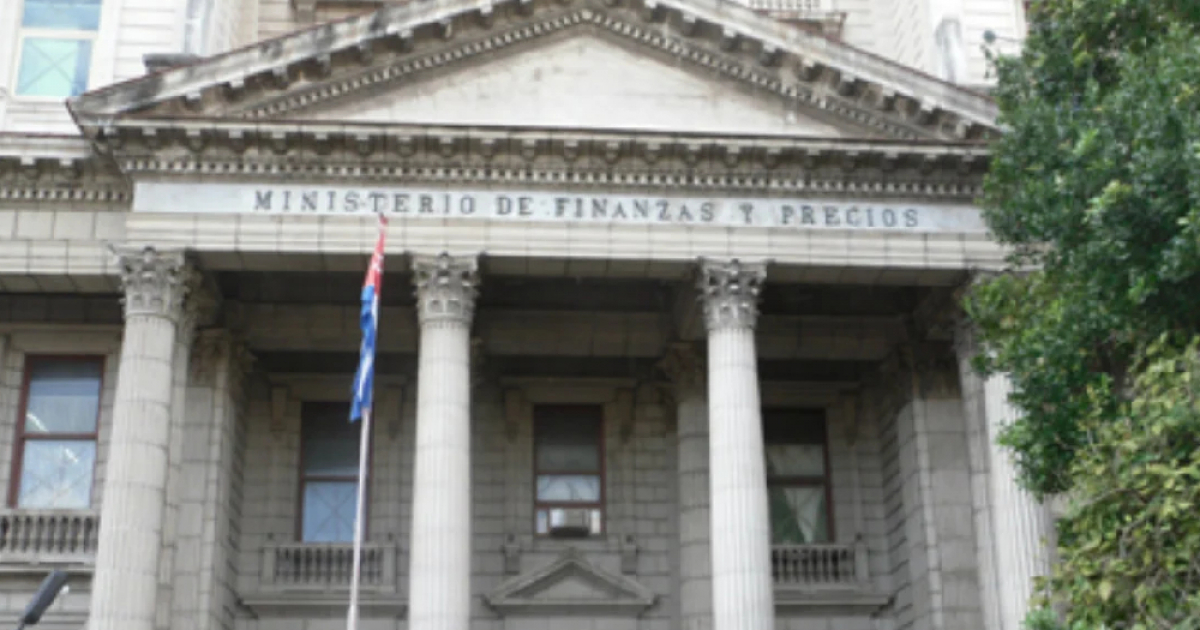Cuba has reached its largest fiscal deficit in 2023 since the onset of the economic crisis in 2020, highlighting a significant deterioration in the state's financial situation, according to figures from the Ministry of Finance and Prices.
The country's fiscal deficit hit 94,959.1 million pesos, equivalent to 3,449 million euros at the official exchange rate for legal entities, representing expenditures 38.8 percent higher than revenues, as reported by the EFE agency after evaluating the statistics.
The Cuban government generated total net revenues of 245,076 million pesos, which is slightly higher than in 2022 but still lower than the amount recorded in 2021. Despite this increase, total expenditures climbed to 340,492.3 million pesos, eight percent higher than in 2022 and six percent more than in 2021.
This imbalance underscores the continued pressure on Cuban public finances, which have now seen five consecutive years of significant deficits. The main sources of state revenue came from profit taxes and other non-tax revenues, while the sectors that absorbed the most spending were Public Health and Social Assistance, Public Administration—which includes Defense and financial operations—and Education.
Faced with this increasingly complex fiscal scenario, the Cuban government has introduced two adjustment plans since late 2023, but neither has impacted the economy or helped improve the people's living standards. These plans aim to increase revenue, primarily in foreign currency, and reduce public spending to mitigate the deficit's impact on the national economy.
That said, the success of these measures remains to be seen, as the country continues to face significant challenges amid a prolonged economic crisis and its largest migration crisis in history.
Understanding Cuba's Fiscal Deficit
Here are some common questions and answers regarding Cuba's fiscal deficit and its implications for the country's economy.
What is the current fiscal deficit of Cuba?
As of 2023, Cuba's fiscal deficit stands at 94,959.1 million pesos, equivalent to 3,449 million euros.
What are the main sources of revenue for the Cuban government?
The primary sources of revenue for the Cuban government are profit taxes and other non-tax revenues.
Which sectors consume the most government spending in Cuba?
The sectors that consume the most government spending in Cuba are Public Health and Social Assistance, Public Administration (including Defense and financial operations), and Education.
What efforts has the Cuban government made to address the fiscal deficit?
The Cuban government has introduced two adjustment plans since late 2023, aiming to increase revenue, primarily in foreign currency, and reduce public spending to mitigate the deficit's impact on the national economy.
